Canon Tokki developed the world's first OLED mass production equipment in 1999 and has been manufacturing it for over 20 years.
In this presentation, we will explain the latest equipment status, including G6H, G8H, and Φ300 equipment.

.png?ext=.png)
Changwook Han is a renowned expert in the display field with over 35 years of experience. He serves as the Principal Analyst and Executive Vice President in charge of the entire research team at UBI Research. He provides industry-leading insights accumulated through years of experience and a global network. His areas of interest include the market, technology, and industry dynamics of OLED and micro-LED products, and automotive displays. Prior to joining UBI Research, he served as a vice president and head of OLED device development at LG Display, where he led the development of next-generation OLED, EL-QD, micro display and other devices. He also served as a team leader for LCD development and OLED TV device development at LG Display, gaining experience in the mass production of OLED and LCD products, including the world’s first large-size OLED TV and transparent OLED display. He received his bachelor's and master's degrees in Inorganic Materials Engineering and his Ph.D. in Electrical Engineering from Seoul National University in Seoul, South Korea. He is also an adjunct professor in the Department of Chemistry at Korea University, teaching display subjects.


With over 20 years of experience in the display industry, I have conducted
extensive and in-depth research on technologies such as LCD, OLED, Micro
LED, and NED.
Offering analysis on the industry development from various perspectives
with his people's connection in the segment and professional knowledge
regarding sales, technology, and supply chain management.


Yoshio Tamura joined Counterpoint Research as part of its acquisition of DSCC, where he was Co-Founder and President of Asian Operations at DSCC, based in Tokyo, Japan.
He is a more than 30-year veteran of display market research and consulting and is one of the foremost authorities on the display market and its supply chain. He started covering this market in 1990 at Techno Systems Research (TSR) where he launched their display market research business and grew it rapidly. After 10 years at TSR, in 2000: he was invited to join DisplaySearch, as Vice President and representative for Asia and Japan, and he was the first employee of DisplaySearch Asia. After that, through his personal connections, DisplaySearch expanded its base to other Asian countries than Japan by hiring a lot of human resources in Korea, Taiwan and China. In 2005: DisplaySearch grew into the world's most prominent display research and consulting company in just five years and is acquired by NPD in USA. He became Senior Vice President and Fellow in NPD's DisplaySearch division. In 2014: NPD's DisplaySearch business unit, which has grown even larger, is acquired by IHS in UK. He became Senior Director of IHS's display business unit. In 2016: He left IHS in August and began operations in October as co-founder and President of Asia for Display Supply Chain Consultants (DSCC) in USA. In August 2023: DSCC that has grown over the past seven years since its establishment, is acquired by Counterpoint Research.
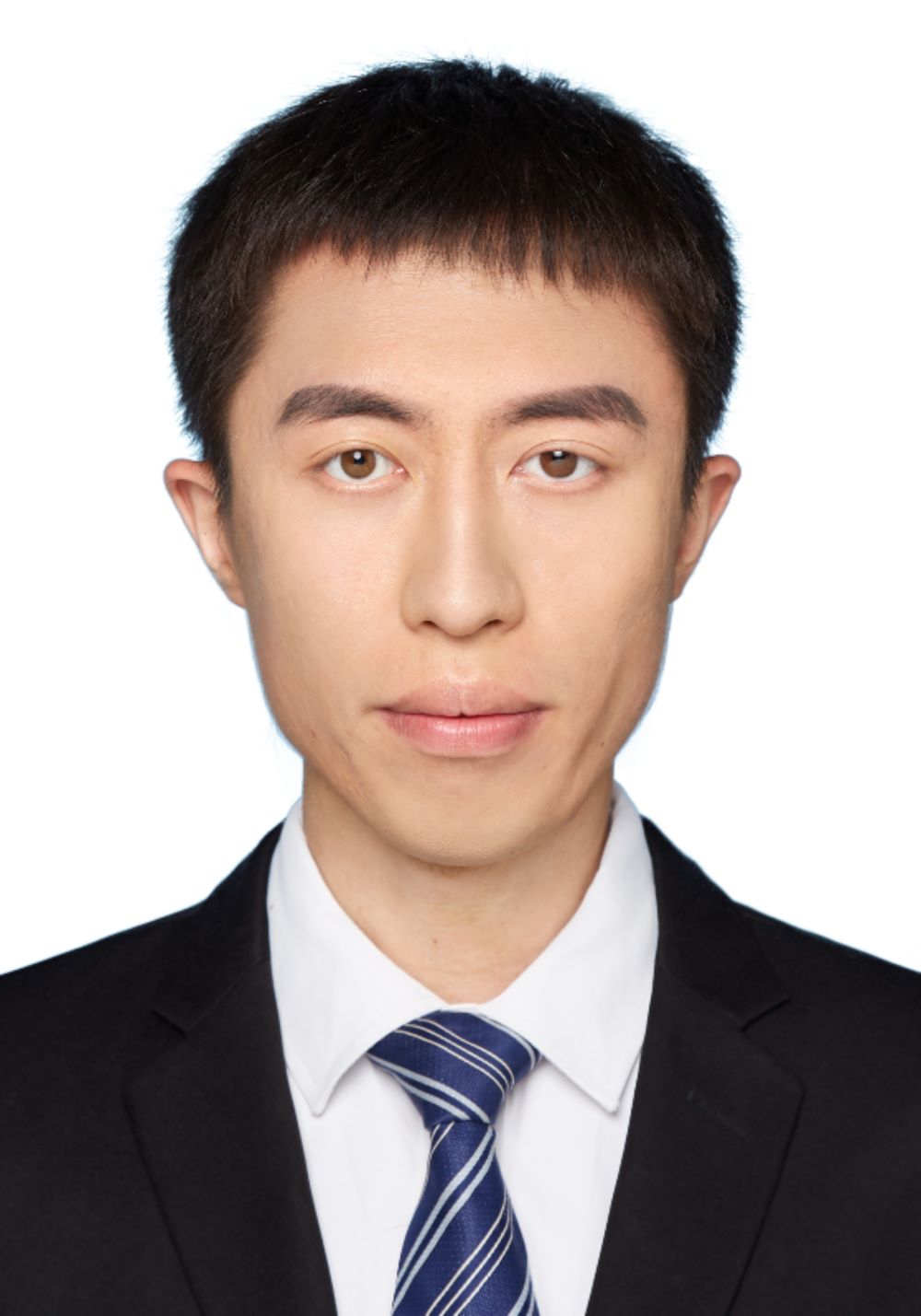

I received my PhD in Materials Science and Engineering from the Department of Chemical Engineering at Tsinghua University in 2019. Afterwards, I joined BOE and worked as a senior researcher at the Central Research Institute up to now. I am working on QLED electroluminescence (EL) technology for the display application, and focusing on the optimization of QLED device efficiency and large-area process manufacturing. I have published several articles and patents in this field.

.png?ext=.png)
Yeo-Geon Yoon received B.S., M.S and Ph.D in material science and engineering from Seoul National University, Korea.
After receiving Ph. D in 2004, he joined Samsung Display and he has researched on the process engineearing of TFTs , printing and QD
for display application as a leader of Process Research Team in Samsung Display Co., Ltd.


Dr. Hyun Sung Park is a Principal Engineer at Samsung Display, specializing in OLED panel simulation,
including ESD, PCB EMI/EMC, and laser thermal analysis.
Since joining Samsung Electronics' LCD division in 2006,
Dr. Park has accumulated over 19 years of experience in simulation and analysis across a wide range of display technologies.
His expertise includes FEM-based display module reliability analysis, thermo-mechanical fatigue and fracture modeling,
AI-driven touch sensor sensitivity evaluation, and FDTD-based electrical signal analysis of display pixel structures.
He earned his Ph.D. in Mechanical Engineering from the University of California at Berkeley in 2017.


Dr. Yiming Xiao is a dedicated professional in OLED display technology, bringing both technical expertise and a thoughtful approach to market expansion. Since joining Visionox in 2018 as a New Technology Engineer focused on AMOLED displays, Dr. Xiao has progressed to lead a cross-functional innovation team as R&D Director, where he works on advancing OLED technologies, including Visionox’s ViP Technology. In 2023, he additionally took on the role of General Manager for Visionox America Inc., helping establish the company’s presence in the U.S. and support its international growth.
Dr. Xiao combines his background in R&D with a practical focus on technology application and commercialization. Prior to his time at Visionox, he served as Procurement Manager at China National Chemical Corporation in Beijing, specializing in new chemical sourcing, and as Business Development Manager for CITIC Group in Angola.
Dr. Xiao earned his Ph.D. in Materials Physics and Chemistry from Sorbonne University in Paris, France and later conducted postdoctoral research in organic semiconductors at CERC (CNRS-Ewha International Research Center) in Seoul, South Korea.


Coming soon


I joined Tokki in 1994. Since then, I have worked on developing OLED evaporation sources and equipment, and am currently in charge of new business planning.
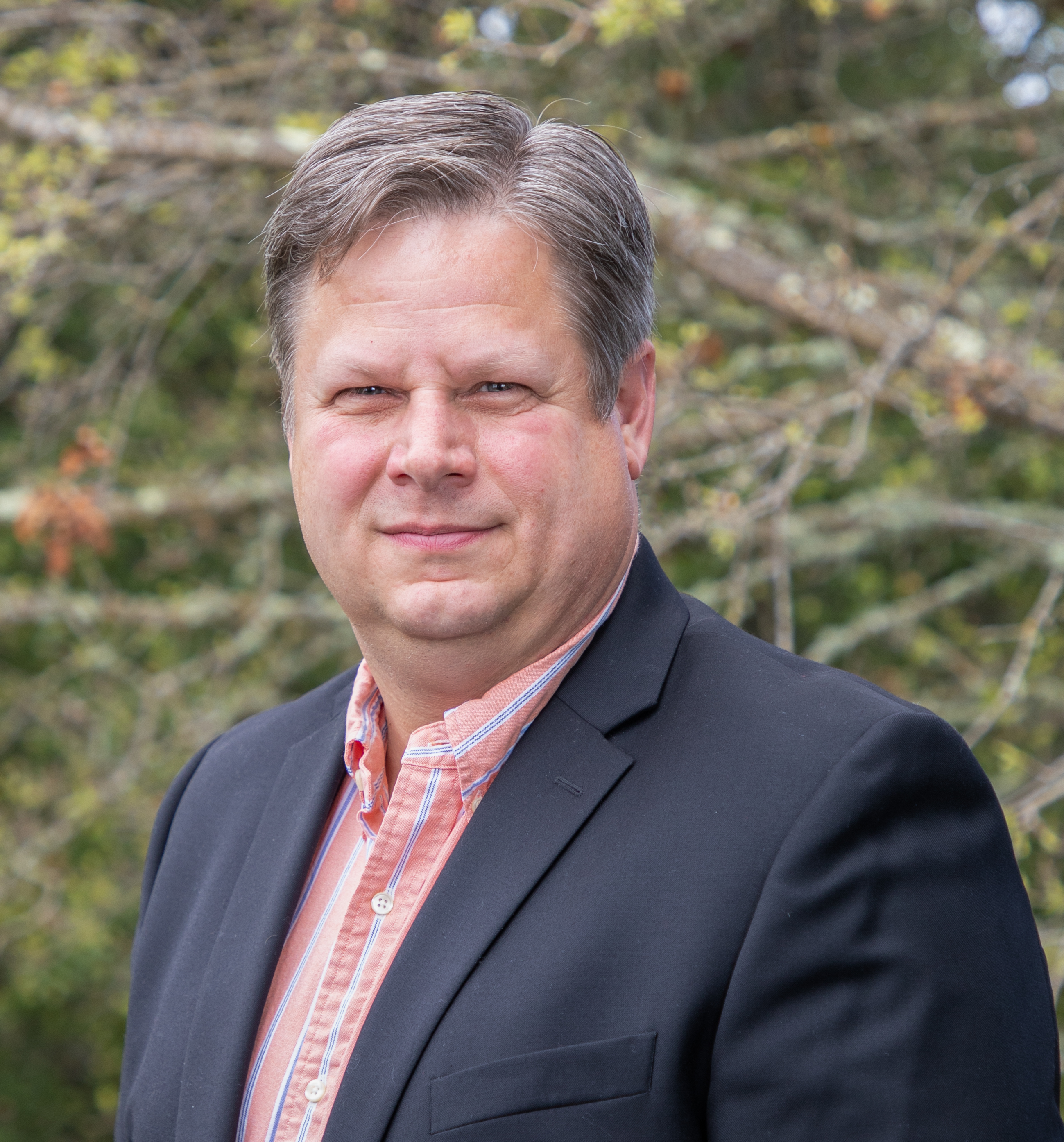

Chris joined Kateeva in 2012.
For over the past twenty years, Chris has developed high-performance inkjet printing systems
for the home, commercial graphic arts industry, printed electronics, and flat panel display
industries using both drop on demand and continuous inkjet technologies. At Kateeva, he has
grown from an individual contributor into the role of Vice President of Technology; leading for
the past ten years the team of scientists and engineers working to on the core algorithms and
inkjet writing systems behind Kateeva’s industry leading printing systems. At the same time,
he has remained an active contributor to the company’s technologies. He is one of the
engineers responsible for the development of Kateeva’s patented SMARTMixing technologies
along with many other advanced algorithms including Multi-Thickness Area Printing (MTAP),
Multi-Segment Edge Compensation (MSEC) and Dot Placement Calibration (DPC).
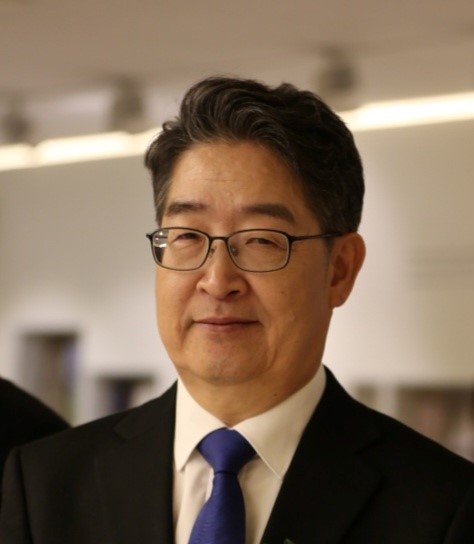

PhD in Physics, University of Oregon
Invited CEO of YAS
Senior Researcher in Sunic System
Affiliated Professor in Dankook University
CTO & Founder of OLEDON
He is lecturing on Display Engineering in Dankook University


Neetu Chopra has been working in the OLED display field for the last 14+ years. She currently works at Apple as an Emerging Display Technologist. Before Apple she worked at Kateeva for six years where she helped to commercialize TFE inkjet printing for AMOLED displays and led the team for pixel printing for displays. In her role she extensively collaborated with display manufacturers as well as material vendors to execute DEMOs as well as evaluate new materials/applications for inkjet technology. Before Kateeva she worked at Plextronics where she was part of the device team establishing test vehicles and methodologies for qualifying OLED materials. Dr. Chopra holds a Bachelor of Engineering in Polymer Science and Chemical Technology from Delhi College of Engineering, and a Ph.D. in Materials Science and Engineering from the University of Florida at Gainesville. She is active in display community as a committee member of the Society of Information Displays (SID) and OLED association.
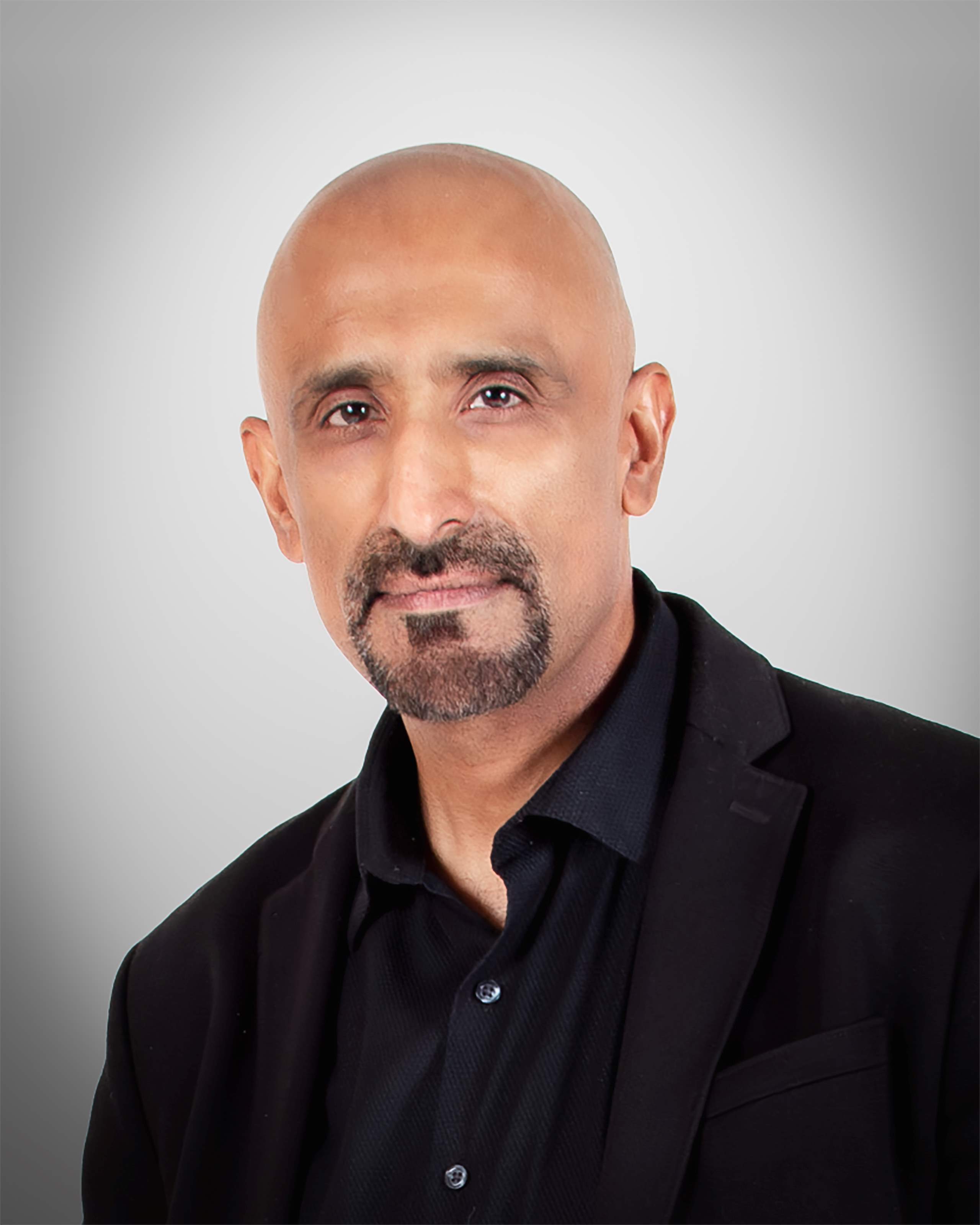

Ajit Ninan has a long history in imaging and media that spans 25+ years. His work at both startups and large companies were centered around building and standardizing video, Imaging solutions and network protocols like 802.17. Prior to coming to Meta, Ajit was the VP of imaging at Dolby leading Dolby’s effort into imaging where he started their AR/VR portfolio and helped start Dolby Vision. His work and expertise encompass driving Meta’s platform and product architecture teams for near eye displays and human perception leading the graphics and imaging processing pipeline designs. Ajit’s career work spans display systems, HDR cameras and display, cinema technology and laser light for projection, end-to-end high dynamic range (HDR) ecosystem solutions, and augmented reality (AR)/VR display and system solutions. His work encompasses all aspects of imaging from display, optics, color, tone, and display mapping to 6Dof video. His accomplishments include Dolby Vision, building the first ever 4000 nits HDR grading display known as “Pulsar” that was recognized by Hollywood's Advanced Imaging Societies prestigious Lumiere Award for “pioneering HDR in Hollywood.”


Jiwon is a founding member of LetinAR, a company specializing in Augmented Reality (AR) optical systems. With extensive experience in business development, investor relations, and marketing, Jiwon has played a key role in the company's growth from seed funding to the series-C stage. As a key strategic leader, Jiwon has spearheaded LetinAR's global expansion initiatives, establishing partnerships with major tech companies and OEMs across North America, Europe, and Asia. Jiwon has been a featured speaker at industry events such as OLED&XR Korea and the AR/VR Summit, covering topics ranging from technology development to global expansion.


Jacky Qiu is the Sr. Vice President and Co-founder of OTI Lumionics. He earned his M. A. Sc. in Materials Science and Engineering from the University of Toronto. At OTI Lumionics, He focuses on market intelligence, and operations. He has 10+ years of experience working on OLED devices and technology. He has co-authored 39 technical papers and holds 11 granted and pending patents.
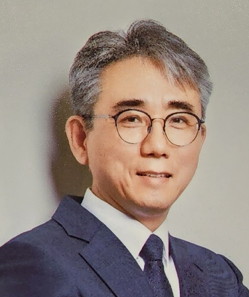

Dr. Oh Hyoung Yun, the CEO of LORDIN, earned his bachelor's and master's degrees in chemistry from Korea University and a Ph.D. in physical chemistry from Seoul National University. From 1997 to 2008, he conducted pioneering research on OLED materials and devices at LG Electronics, leading to the development of the world's first blue emission product based on pyrene compounds. This groundbreaking product was integrated into OLED panels by both LG and Samsung, and Dr. Oh transferred the technology to SFC. Between 2009 and 2011, he worked at LG Display (LGD), conducting fundamental research on OLED devices and phosphorescent blue systems. From 2012 to 2014, he was with SFC, and from 2015 to 2019, he served as the Chief Technology Officer (CTO) at a venture company named Material Science. In 2020, driven by the goal of resolving remaining OLED blue emission issues and pioneering the market for organic-based electronic products, he founded LORDIN.


Marcin Ratajczak was born in Gliwice, Poland in 1983 and moved to Berlin, Germany with his family in 1988. He studied at the Technische Universität Berlin and holds an MBA from the Freie Universität Berlin.
After running a family cleaning business and several small ventures, Marcin co-founded Inuru out of a passion for sustainability and technology. The idea emerged from a conversation with a childhood friend—imagining smart, interactive packaging that reduces waste. Today, Inuru is one of Berlin’s most innovative startups, producing paper-thin, self-powered OLED labels that can be applied to virtually any surface.
As CEO, Marcin is deeply involved in R&D and production. Under his leadership, Inuru completed construction of a one-of-its-kind OLED production facility, capable of manufacturing high-performance OLEDs for applications ranging from smart packaging to healthcare and wearables.
His vision is a world without wasteful labels—where packaging becomes a communication interface between users and products.
Marcin’s work has earned numerous awards, including 4 Ad Stars (2020), the World Packaging Award (2017, 2019), and the German Innovation Award (2018).
He also serves as Vice-Chair of the Board at INAM, mentoring startups in advanced materials, and is a co-author of Die Neuro-Perspektive, exploring the link between neuroscience and marketing.

Serpil Gonen Williams, Ph.D., Chief Technology Officer, has over 20 years of experience in developing nanomaterials for various cutting-edge applications where the combination of high refractive index, high transparency, and low haze are essential. She has been instrumental in establishing Pixelligent’s PixClear®, PixJet®, and PixNIL® product portfolios. As the technical point of contact in several multi-million-dollar JDAs with leading commercial partners and principal investigator in government grants, she has led the R&D and product development group in creating the highest quality metal oxide capped-nanocrystals and formulations for applications in AR/MR, display, sensor, and optical coatings. She manages Pixelligent’s IP portfolio and is an inventor of more than 40 patents and applications. She has also authored or co-authored 16 articles in peer-reviewed journals. She has a Ph.D. in Chemistry from the University of Maryland, College Park, where she studied solid-state and inorganic chemistry. She was named one of Photonics100 for 2025 by ElectroOptics, honoring 100 leading individuals driving innovation in photonics and optical technology worldwide.


Dr. Sascha Dorok brings over 18 years of experience in the research and development of high-performance chemicals, with a strong focus on dopant materials—including key roles at Novaled. He is a passionate organic chemist and the inventor or co-inventor of more than 170 patents, granted or pending. Since 2021 he is co-founder and Managing Director of CREDOXYS.


Delaware corporation based in Corvallis, Oregon in the US Pacific Northwest.
Amorphyx is an innovator at the intersection of materials science and electronics for
the thin film integrated circuit industry. We leverage our expertise in amorphous
metals and the creation of high-quality thin films in developing a family of
quantum tunneling and semiconductor electronic devices, pixel circuits, materials
systems and manufacturing processes. The Amorphyx technologies create new
performance, manufacturability and image quality opportunities for rigid and
flexible display backplanes from smartphones to TVs and large-format panels.
John completed six years as Vice President, Corporate and Business Development
and Vice President, Marketing with Boston-Ottawa-and-Hong Kong-based SiGe
Semiconductor in June 2011, where he helped lead the company’s turn-around into
an IPO filing on the NASDAQ and sale to Skyworks Solutions (NASDAQ: SWKS). Prior
to joining SiGe Semiconductor, he was CEO of Xindium and co-founder of Tropian,
which invented fundamental RF power techniques used in all mobile phones and
base stations today. He spent the first 10 years of his engineering career
contributing to the next generation of electronic surveillance solutions for the
domestic and international military and intelligence communities.